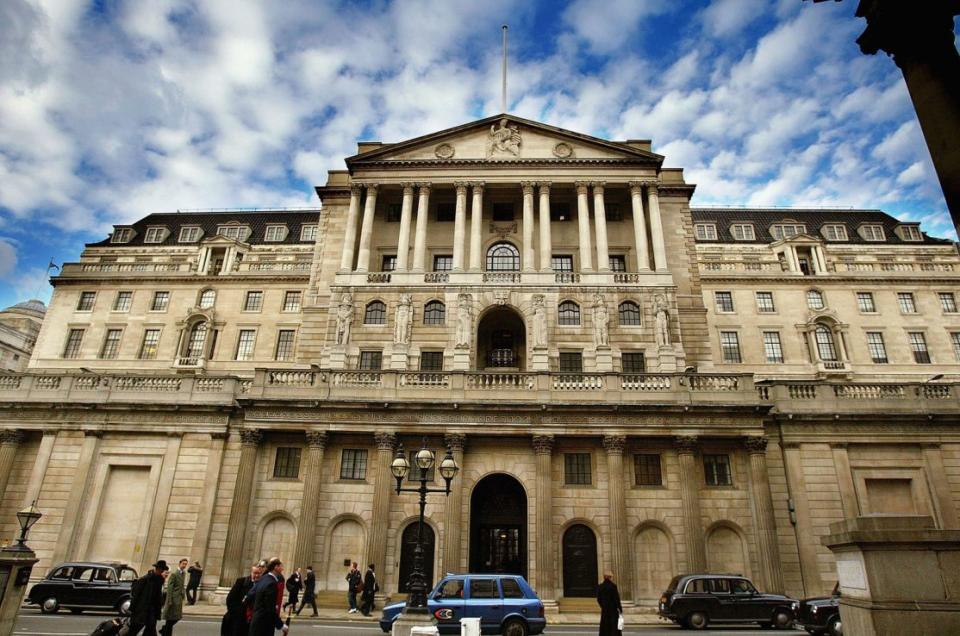Mortgages, real estate and government debt: Three things that worry the Bank of England

Inflation on the way down and signs of growth in the UK economy should mean it’s all sunshines and rainbows at the Bank of England – but mortgages, real estate and government debt are looking troublesome.
The Bank of England released minutes from the latest meeting of its Financial Policy Committee (FPC) today, revealing which areas of the economy keep regulators up at night.
The FPC, which was established in 2013, monitors financial stability risks and tries to prevent those risks developing into threats to wider UK financial stability.
Top of the agenda for the FPC was private equity and the exuberance of equity markets. But, as ever, policymakers flagged a range of other issues they will be keeping close tabs on.
Public debt
One area flagged by the Bank of England was high levels of public debt in developed economies.
“Public sector debt levels had risen significantly in recent years and faced continued pressures from structural factors such as demographics and climate change,” the FPC said.
The UK’s national debt is at its highest levels since the 1960s while other European countries are also suffering from big debt burdens. In the US, public debt totals 97 per cent of GDP and is projected to keep on rising.
While interest rates will fall in the short term, its less clear where they will settle in the longer term. Either way, governments will have to pay more interest in the coming decade than they did in the previous one and this could make markets shifty.
UK regulators are particularly aware of the potential for national debt to cause market disruption given their experience of Liz Truss’s disastrous mini-budget in 2022.
The minutes showed that the Bank thought a similar event was not beyond the realms of possibility, warning that a “deterioration in market perceptions of the path for public debt globally could lead to market volatility”.
Commercial real estate
Regulators have been concerned about the potential spillover impact of commercial real estate (CRE) on the financial sector for months.
Many companies who bought offices in an era of low interest rates are now also facing spiralling bills when looking to refinance, making it more likely that borrowers will struggle to repay their debts.
The rise of home-working also means big office blocks are less attractive than they used to be, which has had an impact on valuations.
CRE prices have “fallen sharply in many advanced economies and could fall further, leading to losses for creditors,” the Bank of England’s FPC said.
So far these falls have been concentrated in the US, although lenders around the world have had to bear the cost. The UK has remained relatively immune, but this may not last.
“Stresses in exposed banks overseas could affect UK financial stability through a number of channels,” the FPC said, pointing to possible disruption to funding conditions, direct contagion and a reduction in funding to the UK CRE sector.
Long-term mortgages
Bank of England officials also flagged concerns over the rise of longer-term mortgages. Although offering more stability to borrowers, these deals increase the total level of debt in the system and can leave borrowers facing mortgage repayments into retirement.
About half of all loans issued in the last three months of 2023 had terms of 30 years or longer, the Bank said. This meant that 40 per cent of new mortgage borrowers in the final quarter of last year would be past the state pension age at the end of their retirement.
The Bank cautioned that this would bring about a “greater persistence of household debt in the economy, likely reducing the flexibility available for borrowers in the face of future shocks”.

 Yahoo Finance
Yahoo Finance 